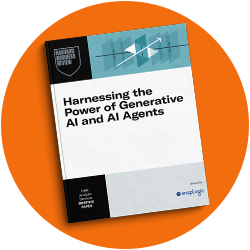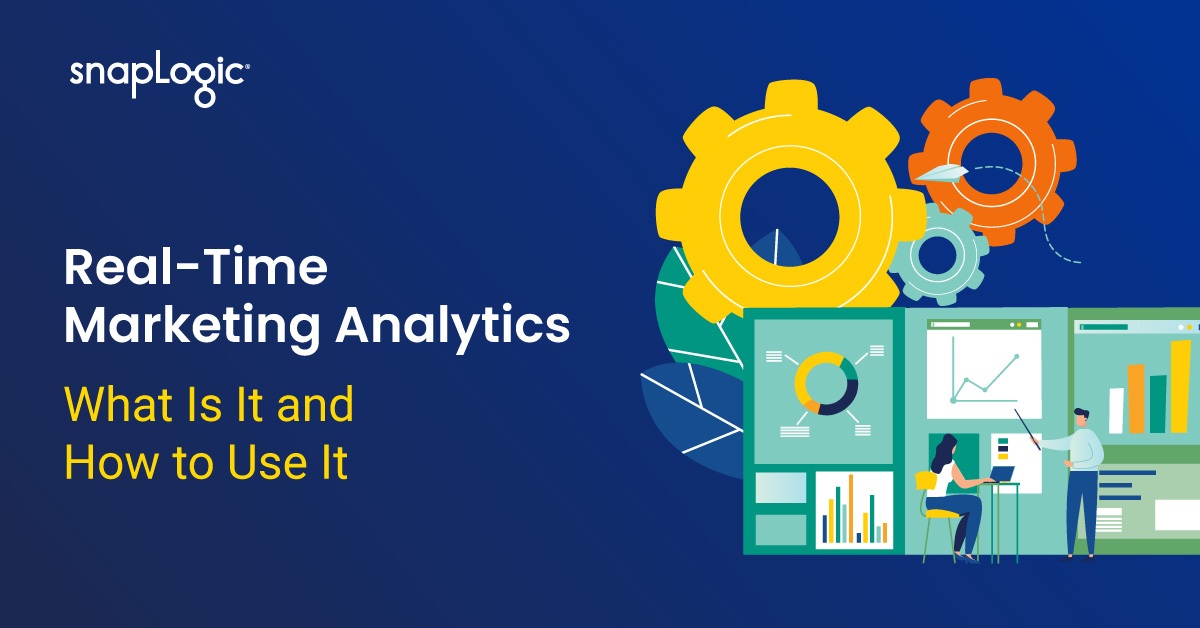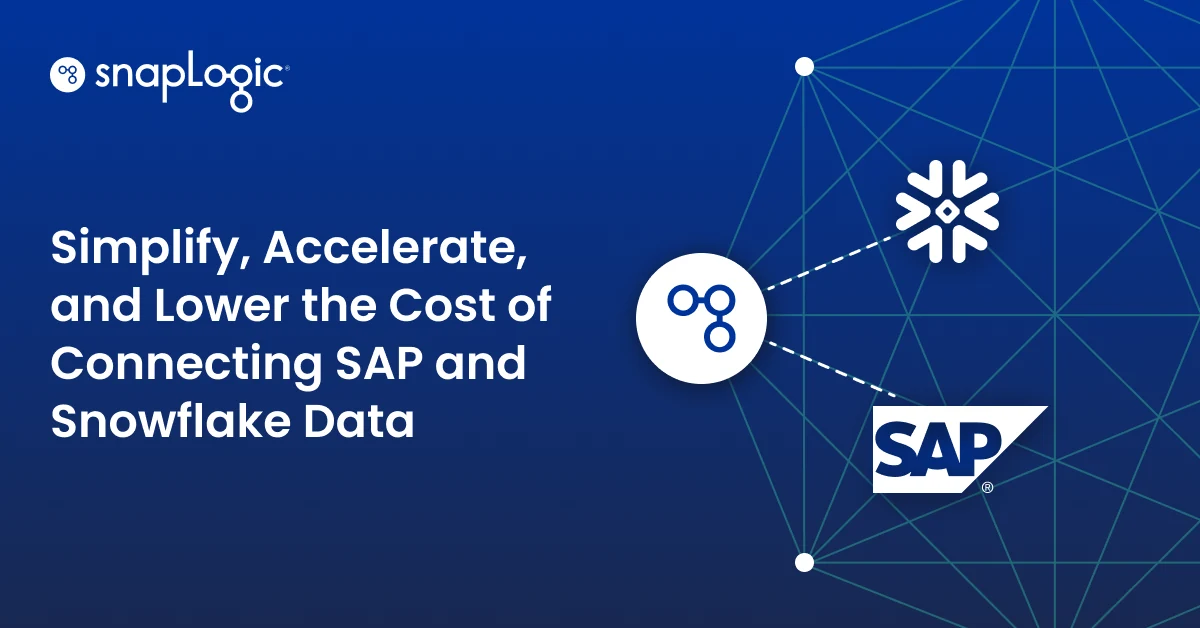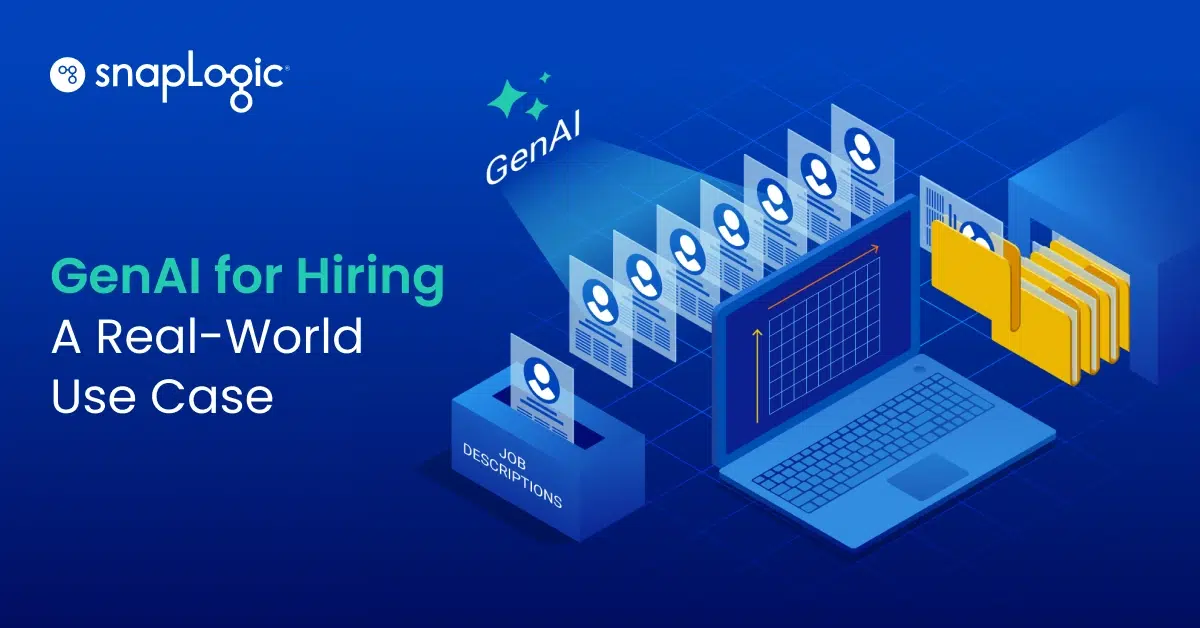Have you ever noticed how Amazon gives you personalized recommendations based on your actions as you shop? Those suggestions are powered by real-time marketing analytics.
Real-time marketing analytics is the process of analyzing data within seconds of its arrival in the database. It’s powerful for marketers because it drives personalization. Tools that conduct real-time analysis send the data to marketing tools that use the analysis to automatically send personalized campaigns based on the users’ actions. Here’s how it works:
- User activities on a website or application result in creation of data
- This data is tracked by tools such as Google Analytics (GA)
- A data integration tool takes data from GA and takes it to Microsoft Power BI or a similar tool for additional analysis and data visualization
- The analyzed data is then taken to marketing tools to trigger automated campaigns based on predefined data points
Because these campaigns are tailored to users, these campaigns have a high pay-off. In a survey conducted by Capgemini Research Institute, 54% of data-driven marketers agreed that the results of their real-time marketing campaigns are often better than expected. The whole process from tracking data to setting off automated campaigns requires information to travel between multiple tools in a readable format – a data integration platform such as SnapLogic makes it possible.
To help you tap into this value, we’re breaking down how to set up a real-time marketing analytics process and use that data to create triggered campaigns.
How Real-Time Analytics Helps Marketers
With real-time analytics, marketers can automatically deliver site, email, ad, and even chatbot content that’s tailored to the user’s stage in the conversion funnel.
Website Personalization and Dynamic Content
Marketers personalize websites for different types of users with the help of dynamic content — content on a page that adjusts depending on the site user’s behavior.
In the global retail industry, website personalization resulted in a 16% uptick in conversions in 2021. Without real-time analytics, such personalization isn’t possible.
Consider Amazon. The marketplace curates product recommendations for each individual user based on their current and past searches. Similarly, Netflix suggests unique content for each user based on their watch history and show ratings.
Taking a page out of these brands’ books, create personalized landing pages based on unique user data — whether that’s location, site behavior, or their lead scores.
Exit-screen pop-ups are a common example of real-time dynamic content. Unlike a timed pop-up, an exit-screen pop-up only appears when you are about to leave the page. It usually offers a one-time discount code that’s exclusive to you.
The pop-up itself is real-time marketing. An analytics platform that tracks site behavior tells a marketing platform that the user is about to leave the website, leading the platform to send the pop-up.
Triggered Email Campaigns
Triggered email campaigns are emails that are automatically sent to the user after they perform an action. Sometimes, it’s just one email, but companies may also send a series of triggered emails a few days apart.
For example, when a user places an order on a website, they receive an order confirmation email in real time. Site analytics software tells the business analytics software that a transaction was completed, and the business analytics software tells the marketing automation software to send the email.
Similarly, when you abandon your cart on an ecommerce website, the information travels from the tracking tool to the analytics tool, which tells the marketing tool to enroll you in a series of cart-abandonment emails.
These emails are very effective, according to Fresh Relevance. In the site’s study, cart abandonment emails saw a 10% conversion rate in June 2022 compared to just 4% for browse-abandonment emails.
In cases where the data tracking and analysis are done by the same tool, the tracking and analytics tool sends the message directly to the marketing automation tool. But the rest of the mechanism remains the same.
Geofencing and Location-Based Campaigns
Geofencing is the use of GPS technology to create a virtual fence around an actual geographical location. The fence comes into play when a mobile device enters its premises. You can use geofencing to show personalized ads to people attending a tradeshow.
Other location-based campaigns, such as geotargeting, also use GPS tracking, but there is no fence involved. The tracking and analytics software sends the user’s location to the marketing automation tool to trigger a campaign.
Consider Netflix, again. If you switch to a different country using a VPN and log into your account, Netflix gives you recommendations for shows that are available and trending in that country.
Chatbots
Customers often initiate conversations with chatbots. They might reach out because they need a speedy answer to a support question or because they’re looking for product information.
But with real-time marketing analytics, you can program Facebook chatbots to pop up based on users’ actions — like scrolling to a certain point on a page or staying on a page for a specific amount of time. Real-time marketing analytics detects when the user scrolls to the post, and the chat tool triggers a pre-programmed message upon receiving that signal.
How to Set Up Real-Time Marketing Analytics and Campaigns
To take advantage of real-time marketing analytics, you’ll need to set up a few tools:
- A site analytics tool like Google Analytics that tracks users’ behavior on your site
- A business intelligence software like Looker to analyze the site analytics tool’s data
- A marketing automation tool such as Marketo or HubSpot to send personalized campaigns based on the data and analysis from the two platforms mentioned above
- A data integration platform that helps the three tools communicate with each other in real time
If you do not use a business intelligence tool, you can integrate your analytics tool directly with your marketing automation software. However, in most cases, direct integration will not be possible. You can use a data integration platform to help all of these tools communicate with each other and to set up campaigns based on user behavior.
We’ll break down how to connect these tools in a few steps, so you can start firing off personalized campaigns in real time based on users’ actions.
1. Integrate Your Site Analytics Software with Your Business Intelligence Tool
A site analytics tool like Google Analytics (GA) tracks user activity in real time. It shows you how many people are on your site right now, which pages they are visiting, the locations they have logged in from, and a lot more.
However, that data doesn’t mean anything on its own. It has to be analyzed with the help of business intelligence tools such as Looker. That’s because business intelligence tools are built to detect patterns in small and large data sets and empower technical and non-technical users with a more visual representation of data. If you use different tools for tracking and analysis, you have to integrate them either directly or through third-party integrations.
You can integrate Google Analytics with Looker by using this piece of code from GitHub.
There are many site analytics and business intelligence tools, and the integration process for each set will be different. If the two cannot be integrated with each other directly, you can use a no-code solution such as SnapLogic’s integration platform to connect them.
2. Integrate Your Data Analysis Tool with Your Marketing Automation Tool
You can skip this step if your site analytics tool sends data directly to your marketing automation tool. However, if the data goes through a business intelligence software such as Looker, then that has to be integrated with a marketing automation tool like HubSpot.
HubSpot and Looker can be integrated with each other using the Looker Integration App from HubSpot’s marketplace. If the tools you use do not integrate with each other directly, you can always connect them with Snaps.
3. Identify User Actions and Set Up Automated Campaigns
Now that data is flowing between your tools, it’s time to set up some automated marketing campaigns.
Since these campaigns are based on user actions, you have to identify actions that merit a triggered and real-time response. Some of these actions and their corresponding campaigns can be:
| User actions | Automated campaign |
| User signs up on your website or downloads your app. | Welcome messages, onboarding, and activation |
| User signs up for gated content. | Making the gated content available along with additional content recommendations |
| User spends X amount of time on a page. | Automated messaging through live chat tools or a pop-up with an exciting offer |
| User abandons cart. | A series of cart abandonment emails |
| User purchases a product or service. | A series of product or service onboarding emails |
| User signs up for a demo. | A confirmation email with a link to the demo (or a meeting with the rep) |
| User enters a location. | Discount code offered through in-app notifications, display ads relevant to the user |
Setting up automations is different for every marketing tool. Usually, it is a no-code endeavor where you use the tool’s graphical interface and set up triggers and the corresponding actions. Here’s how you can create automated campaigns in Marketo. You can also use SnapLogic to create automations between multiple applications if your marketing tool does not support some of the campaigns you want to set. For example, you can use the Marketo Snap Pack for automating all aspects of campaign management. You can set up nurture campaigns based on buyer personas and the user’s stage in the conversion funnel. SnapLogic will trigger these campaigns based on the rules you define and there will be seamless flow of information between lead sources, Marketo, and the integration platform.
Put Your Marketing Data to Use with SnapLogic
Data has a shelf life. When it comes to real-time marketing analytics, the automated campaigns responding to user actions have to trigger immediately based on the user’s behavior. For that to happen, data has to travel from the site analytics tool to the business intelligence software and then to the marketing tool instantly.
SnapLogic helps you integrate your data-tracking tools with your business analysis software and marketing automation software through Snaps. Snaps are connectors that help take data from one application to another. You can set them up without any need for coding. If multiple tools in your stack do not integrate with each other directly or the integration requires a lot of coding, use SnapLogic to power real-time analytics.
SnapLogic serves as a data integration platform that helps different applications talk to each other, making it possible for a quick transfer of data and immediate automations. To learn more about the platform, book a demo today.








